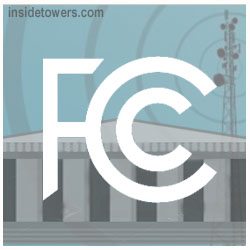The FCC says the digital divide continues to shrink. The Commission’s Office of Economics and Analytics reports that the number of people without broadband access shrank 46 percent between 2016 and 2019. However, not everyone believes the numbers, according to various news outlets.
Specifically, at the end of 2019, the number of Americans living in areas without access to terrestrial fixed broadband with speeds of at least 25/3 Mbps—the Commission’s benchmark for high-speed broadband—fell to 14.5 million, according to the FCC. Services at higher speeds saw even more significant deployment, with the number of Americans living in areas without broadband speeds of at least 250/25 Mbps falling by 77 percent since the end of 2016. During that three-year period, the number of rural Americans living in areas with 250/25 Mbps broadband service increased by 268 percent.
FCC Chairman Ajit Pai credits the Commission’s “aggressive steps” to achieve the progress, including modernizing regulations, freeing up new licensed and unlicensed spectrum, and making it easier and cheaper for competitive providers to deploy fiber through the agency’s “one-touch make ready” policy.
However, this data comes from the widely-criticized FCC Form 477, which carriers use to report coverage, raising doubts about its accuracy, according to Politico. The data faces bipartisan pushback for overstating coverage.
The FCC is working to improve the broadband coverage mapping data collection, Inside Towers reported. However, Pai has said repeatedly the agency can’t finish the job without more money to implement the changes. He’s asked Congress for $65 million.
Senate appropriators last week proposed just $15 million, according to Politico.
Read the fixed broadband deployment data here. View the National Broadband Map and access mobile deployment data here.





Reader Interactions